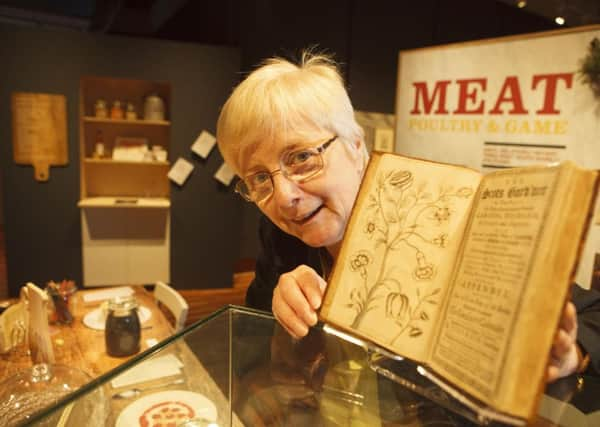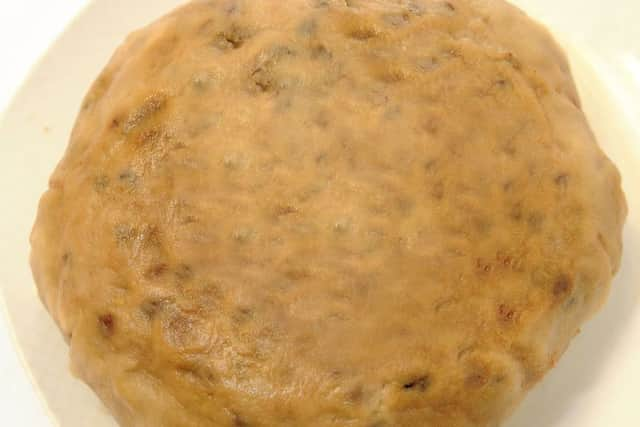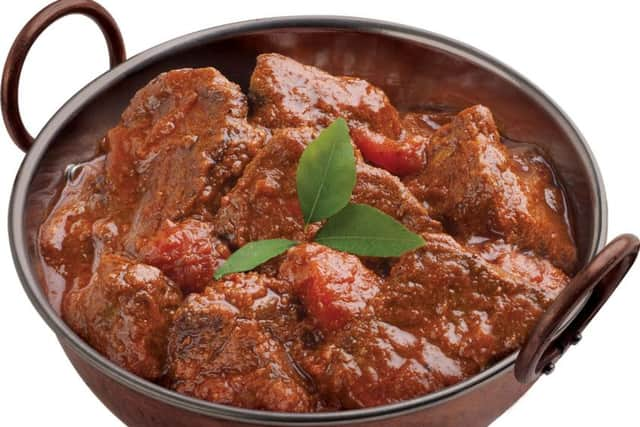How Scotland was enjoying curry as far back as 1700s


But new evidence unveiled in the Capital shows it was being eaten and sold as far back as two centuries ago – as a luxury dish for the elite.
A free exhibition opening today at the National Library of Scotland, which looks at the country’s food history, includes an advert for curry powder being sold by an Edinburgh grocer in 1798.
Advertisement
Hide AdAdvertisement
Hide AdThe grocer, John Caird, informs customers through the Edinburgh Evening Courant that he “has just received a parcel of REAL INDIA CURRY POWDER in the original package”, which he was selling for 2/6d a canister.


Organisers of Lifting the Lid said a new understanding of the long-standing place of curry at the heart of the nation’s cuisine was among a range of insights on offer.
Staged during Scotland’s Year of Food and Drink, the exhibition has been designed to help visitors learn about how earlier diets are linked to what we eat today. Curator Olive Geddes said the show would also cast new light on class and other key aspects of Scots society through the ages.
The price of curry powder was a particularly illuminating example, she said, adding that its cost would have made it too expensive for the working class.
She said: “[The amount offered for the jar of curry powder] was a considerable sum in the late 18th century and was way beyond the means of ordinary workers – it was clearly a novelty for the elite.”


Organisers said most of the exhibition was based on collections of recipe books, dating from the 17th century to the 1940s, which are held at the National Library.
Instead of functioning as guides to preparing meals that would have been served on an everyday basis, these were mostly written by female members of wealthy families as memory aids for recording favourite dishes.
They have been supplemented by published recipe books, household accounts and inventories, as well as tradesmen’s bills, menus, visitors’ journals, maps and amateur and government films about food.
Advertisement
Hide AdAdvertisement
Hide Ad“The records we have are mostly for the wealthy,” said Ms Geddes. “But the exhibition also looks at the role of the cook from the ordinary housewife and domestic servant to the professional chef.
“The social and economic significance of food will also feature. How far has social convention dictated what was eaten by whom and when?”
Among the items on show is John Reid’s The Scots Gard’ner – published in 1683 and believed to be the country’s first-ever recipe book.
The exhibition also tells of old Scottish measures such as a “chopin” (two pints), a “mutchkin” (just under a pint), a “peck” (two gallons) and a “forpet” or “lippie” (half a gallon). And while age-old dishes such as cullen skink, crannachan and clootie dumpling have lived on, organisers said there were many others – including powsowdie (a sheep’s head broth), crappit heids (haddock heads and livers) and cruddy butter (a type of cheese) – which have “all but disappeared in the mists of time”.
Ms Geddes said: “We hope that, with this exhibition, people can learn more about food in Scotland and how tastes have changed and developed.”
Food and nutrition experts in the Capital have welcomed the new exhibition and said it could help change contemporary eating habits which are unhealthy.
Emma Conroy, founder of Edinburgh Nutrition, said: “I think people might be surprised at the diversity of foods that people ate in the past.
“I would be delighted if people who go to this exhibition champion seasonal and locally grown foods – that would be great news.”
Advertisement
Hide AdAdvertisement
Hide AdShe added: “Now, we often have to look at labels to work out exactly what food is – if you have to do that, you probably shouldn’t be eating it.
“I set great store by traditional foods and traditional cooking processes.”
The exhibition will run at the National Library of Scotland from today until November 8.